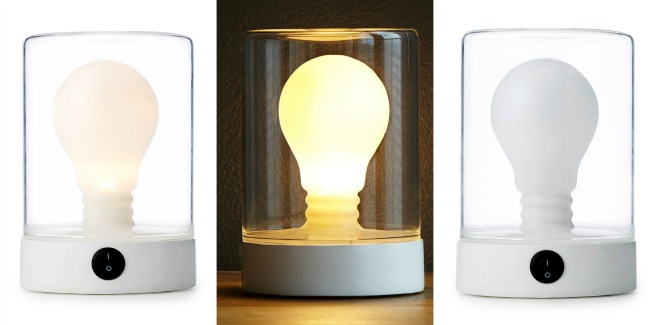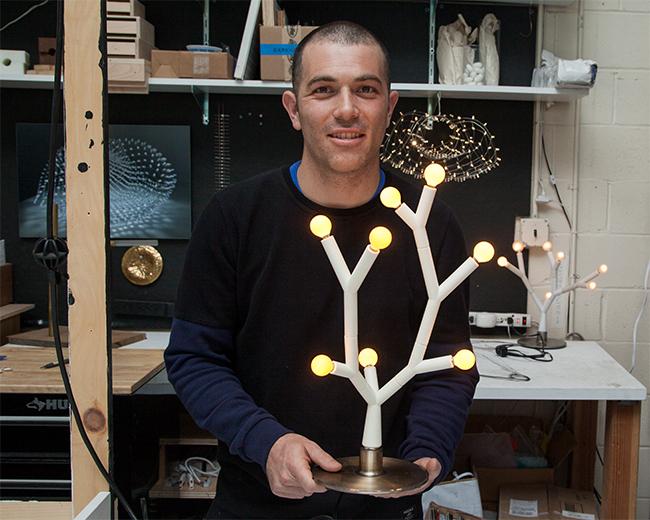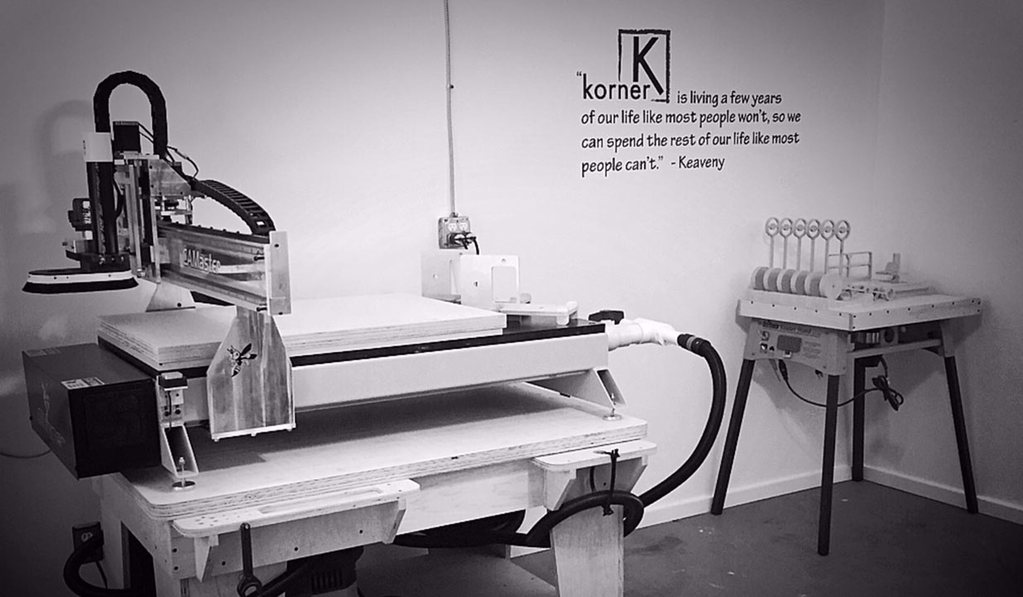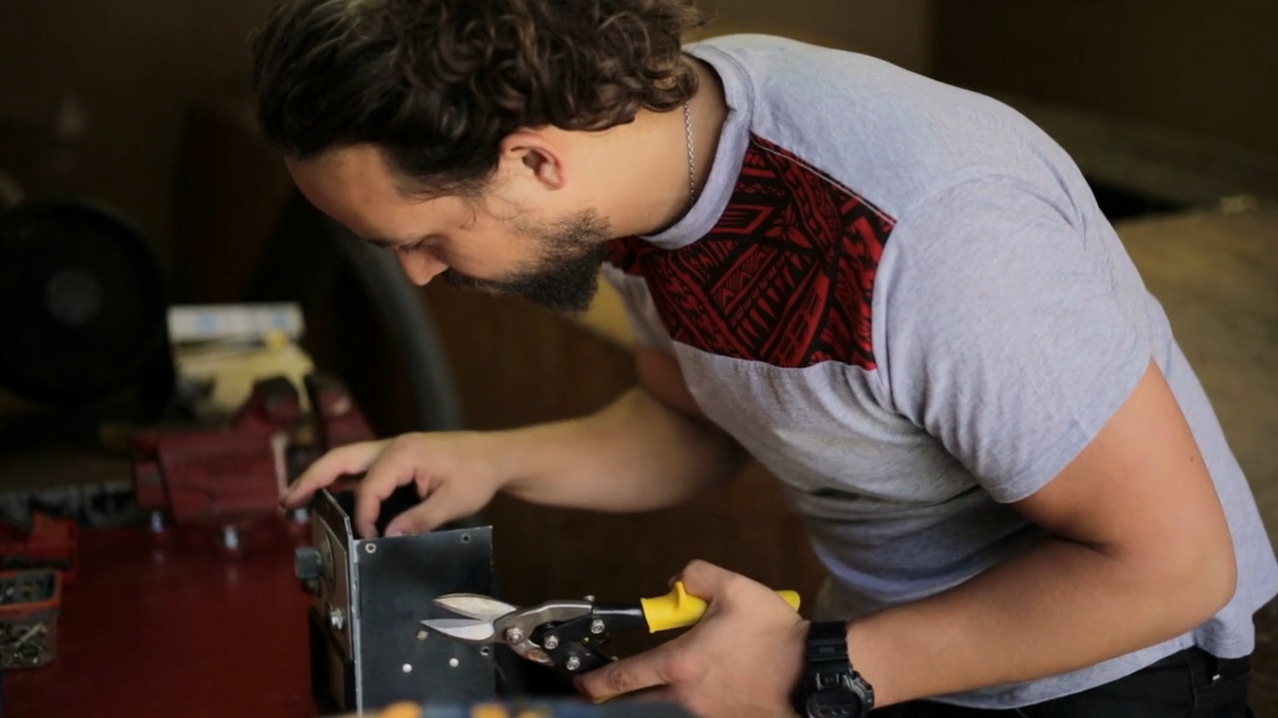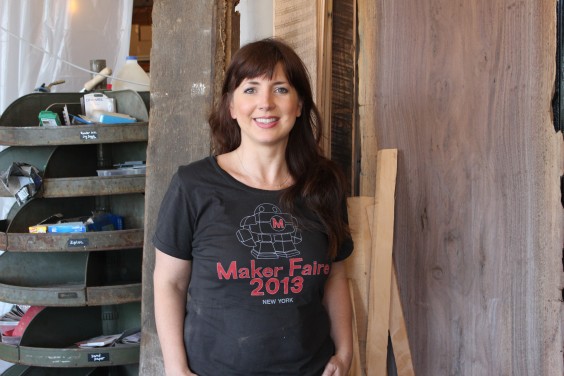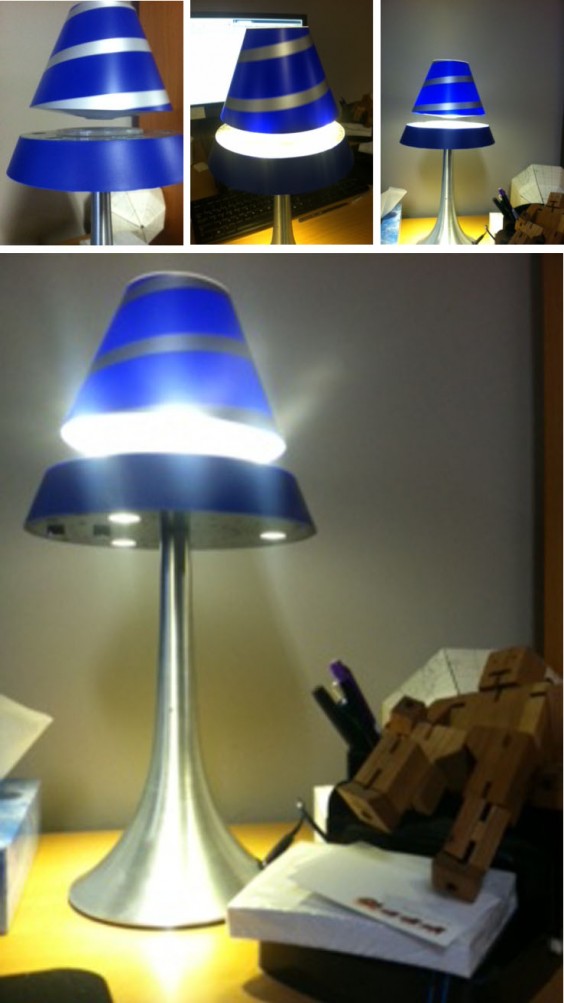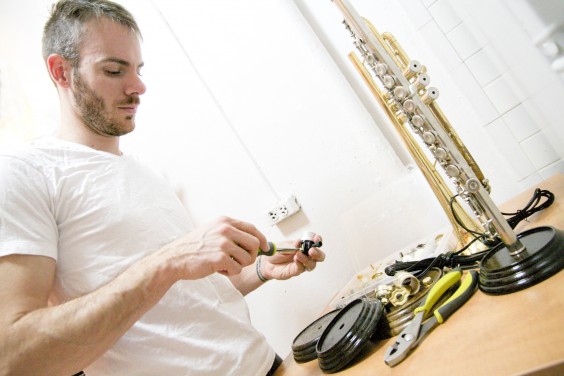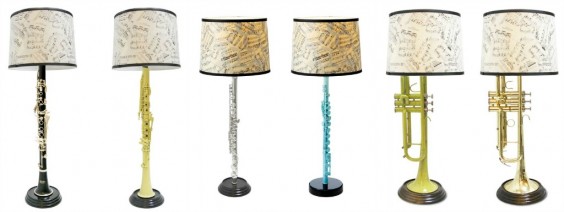Jamie Hoffman, UncommonGoods’ Home Decor buyer, was strolling the booths at a trade show in New York when the chic good looks of Liz Ross & David Westby’s Nightbulb lit up her connoisseur’s eye. “When Liz pulled the Nightbulb prototype out of her bag,” Jamie told us, “I was immediately interested, and started to talk about an exclusive launch.”

